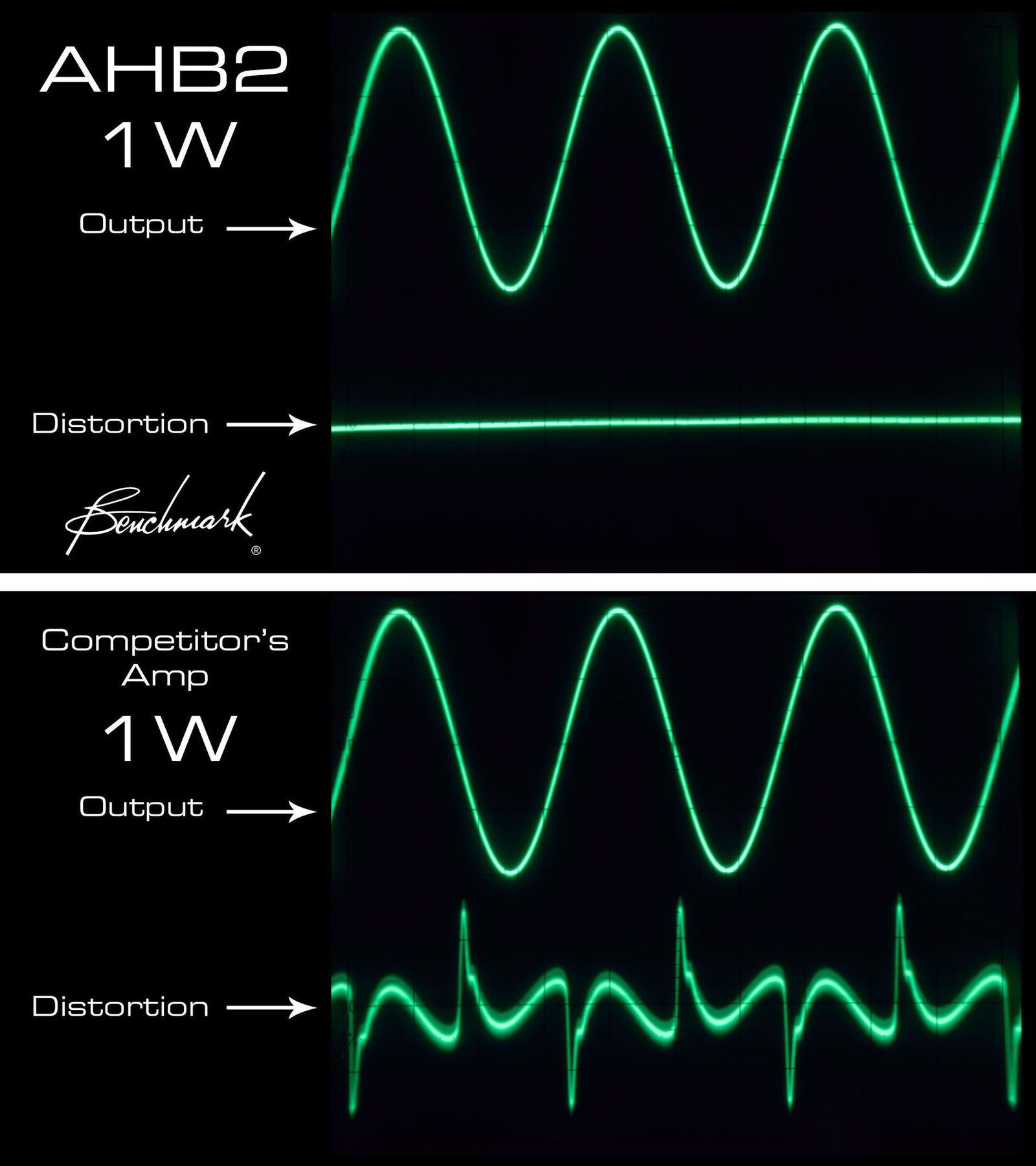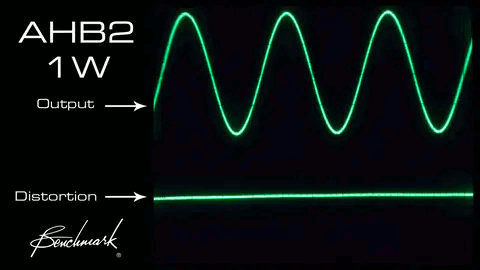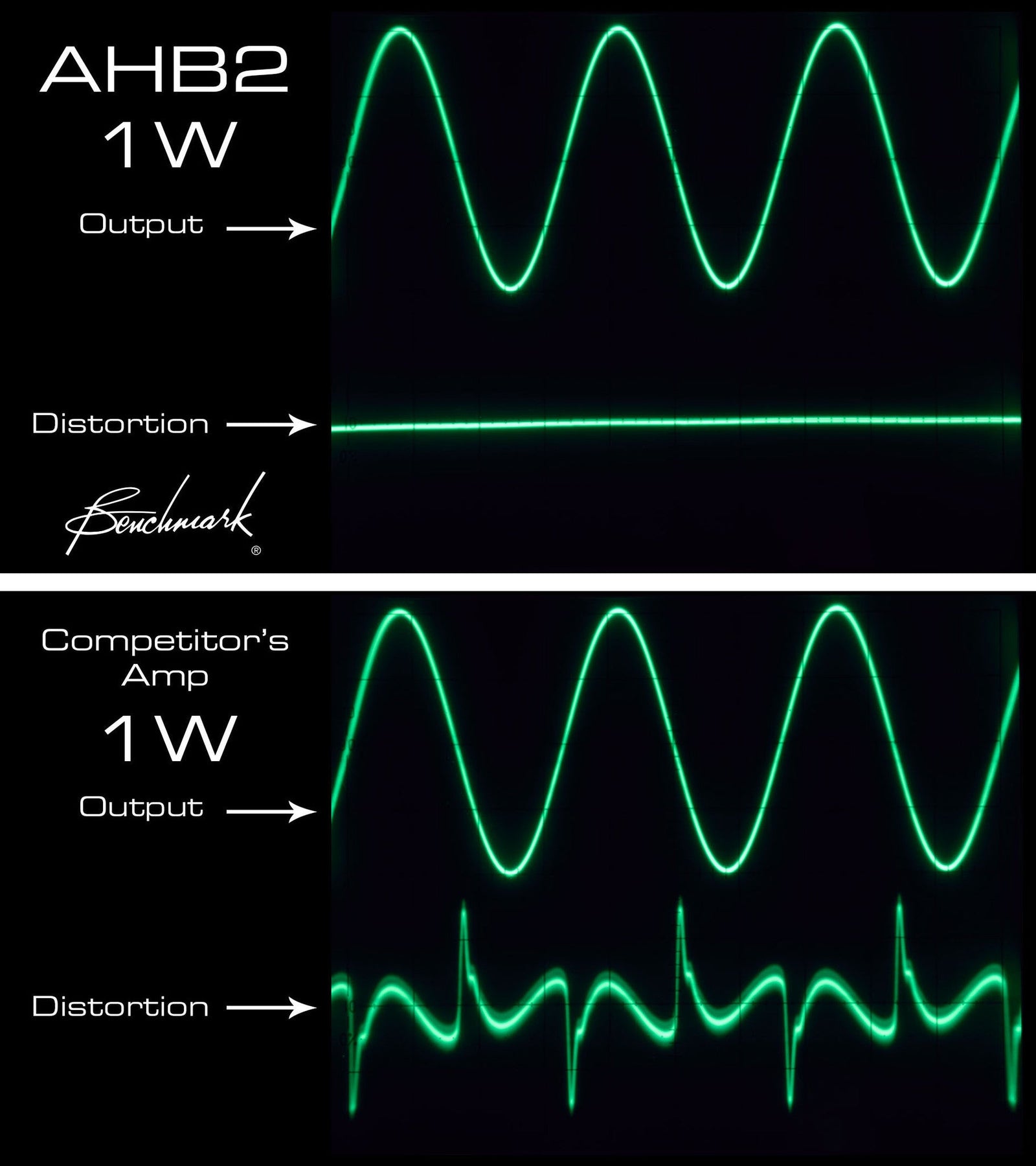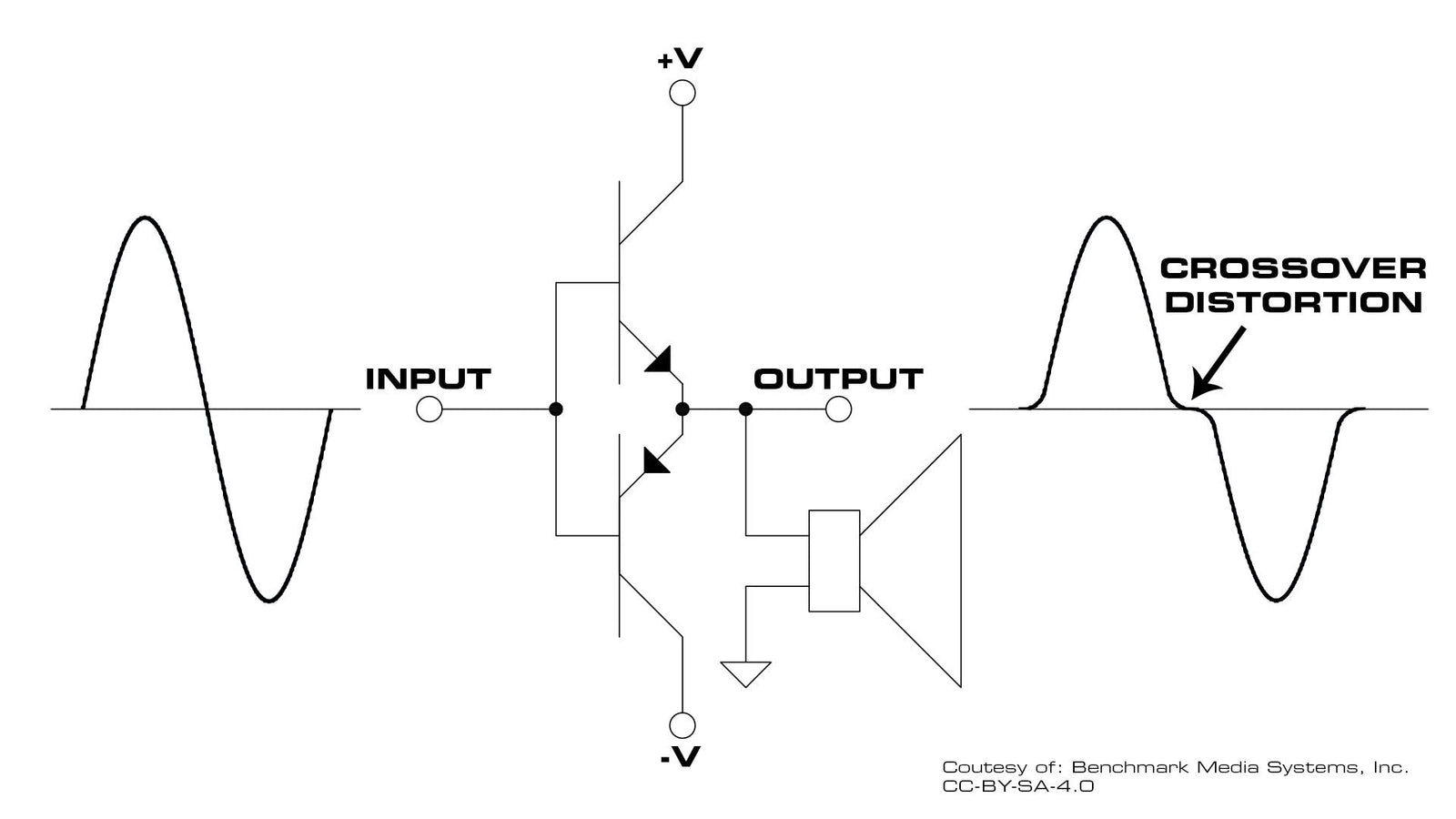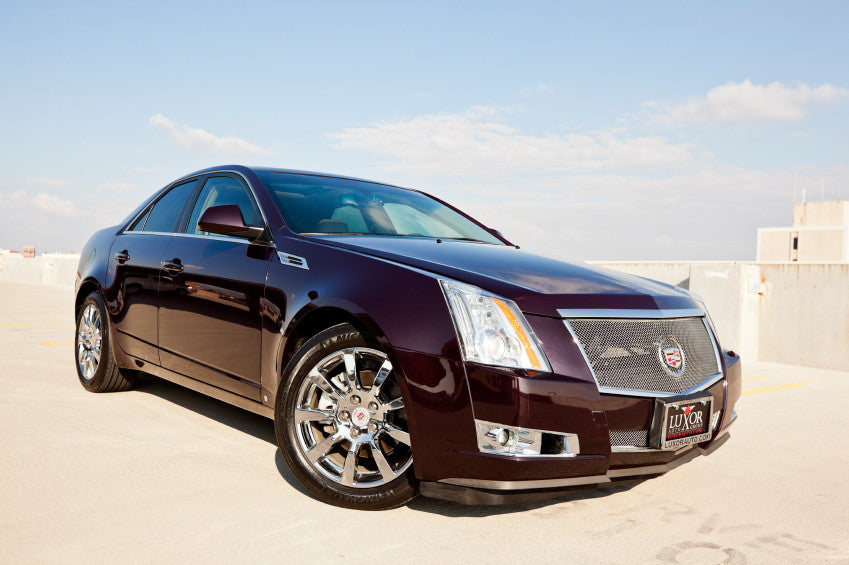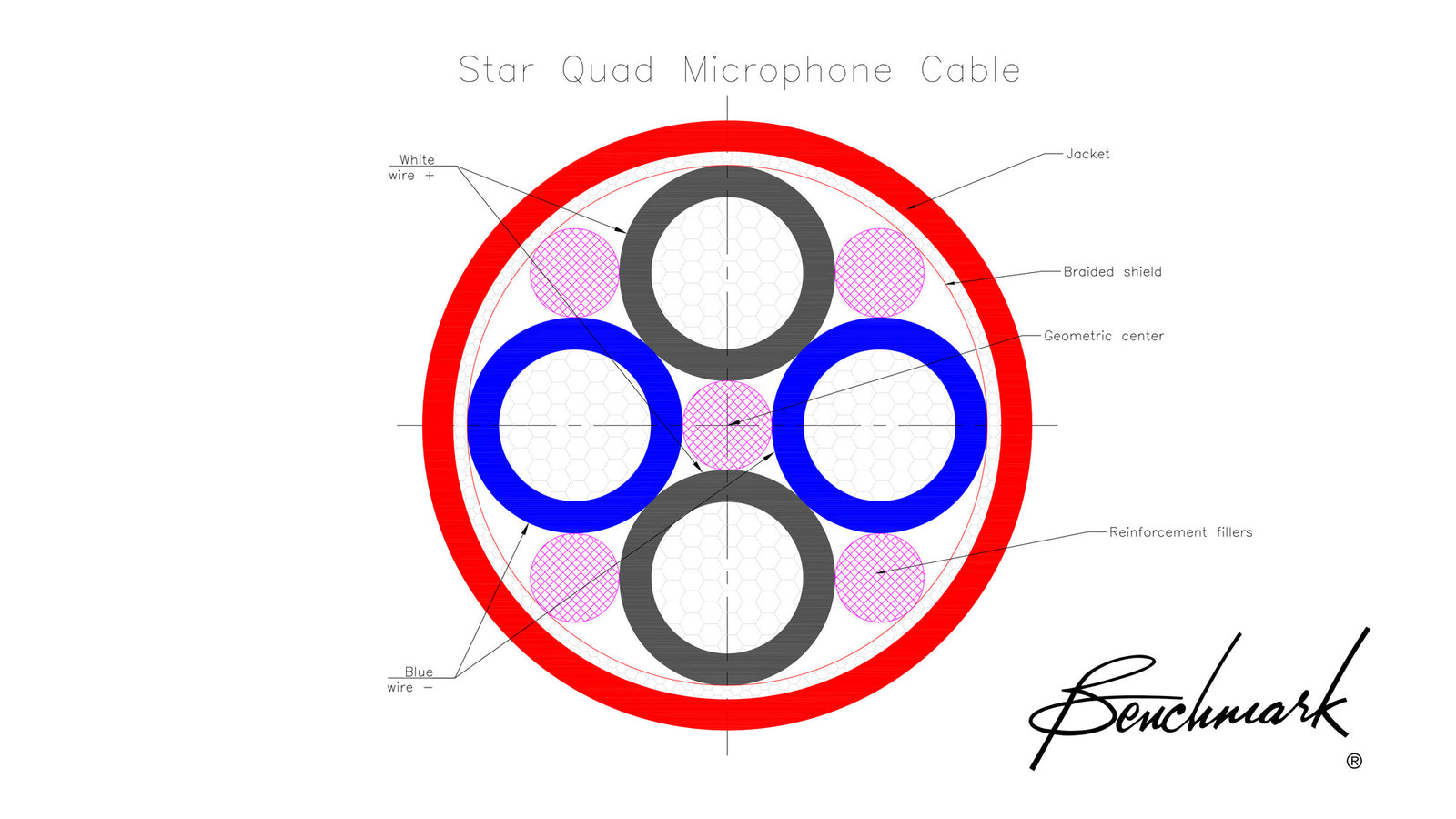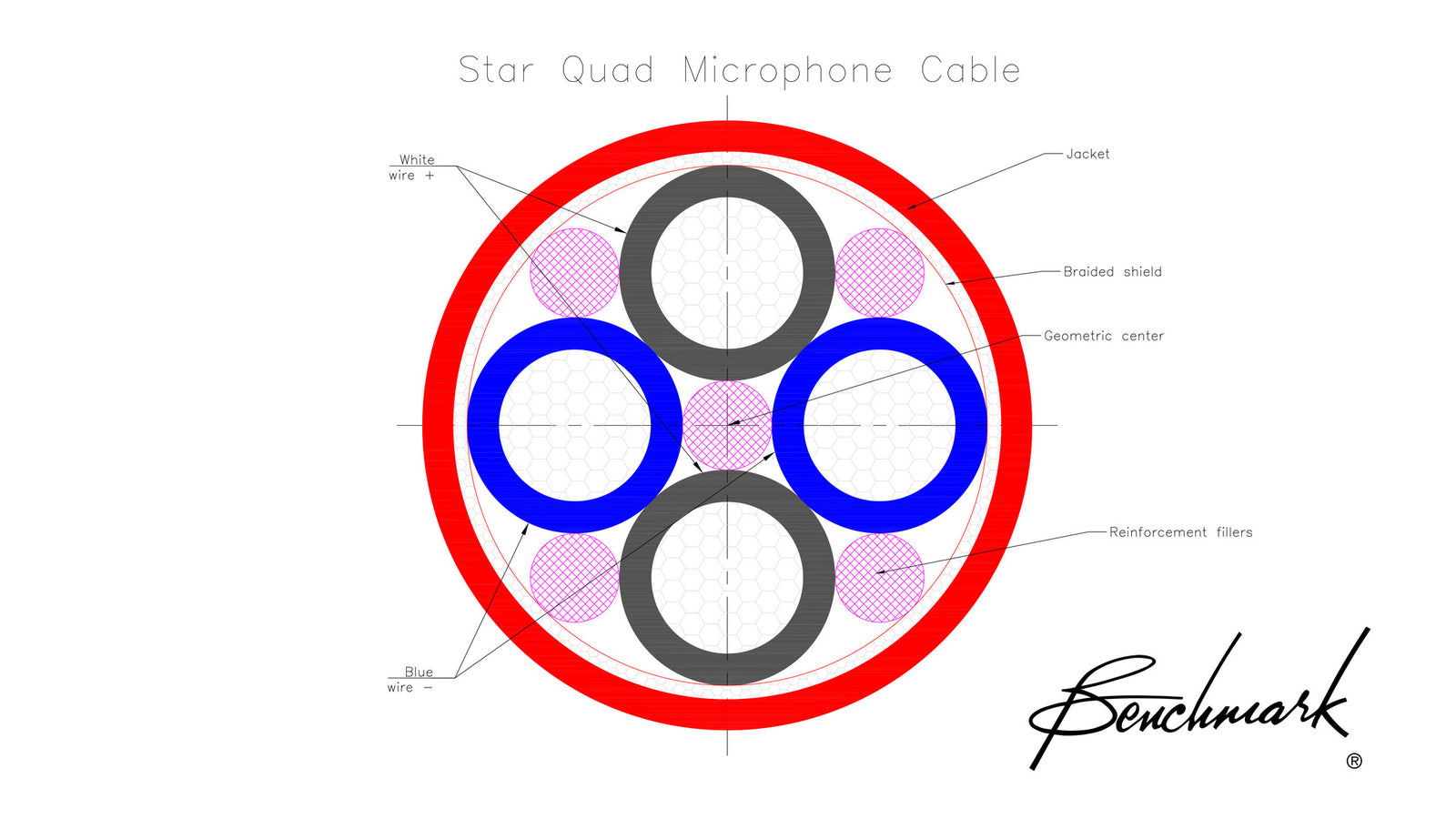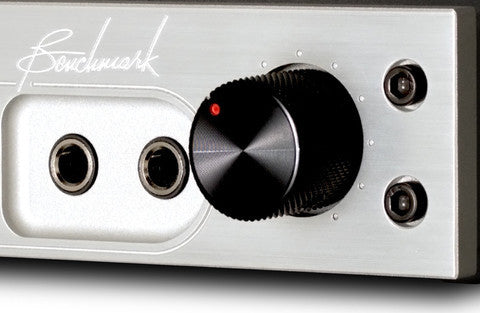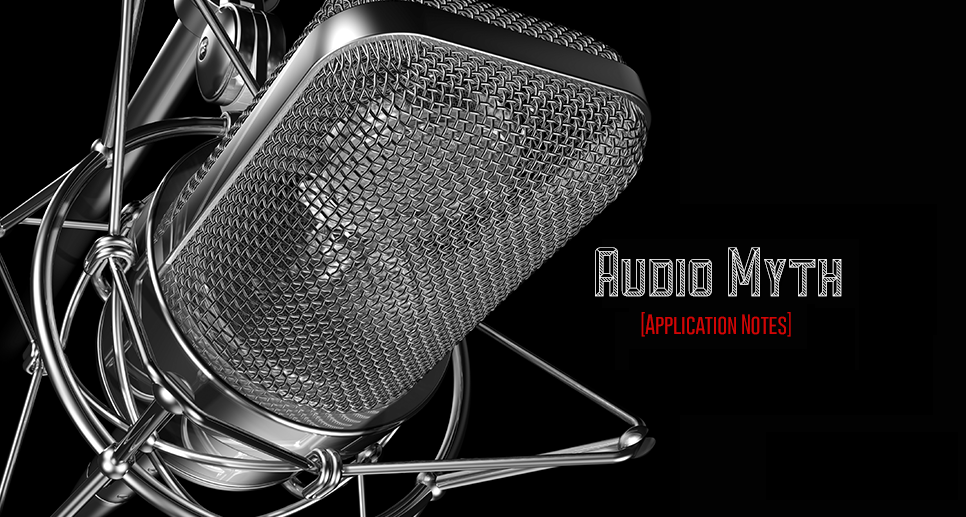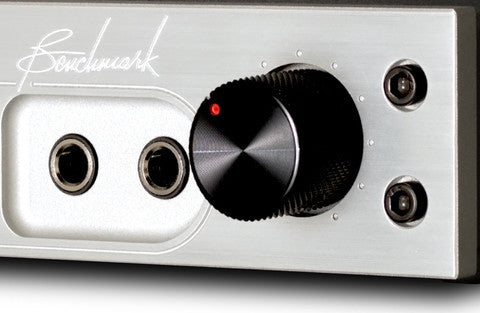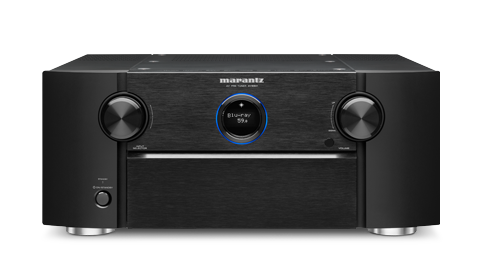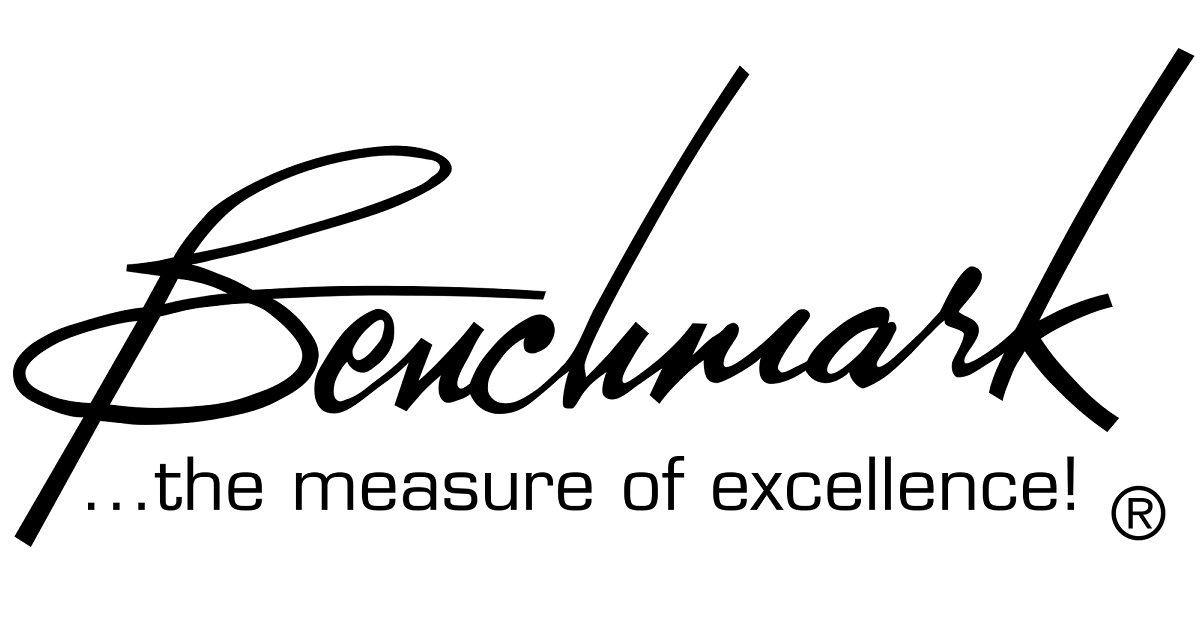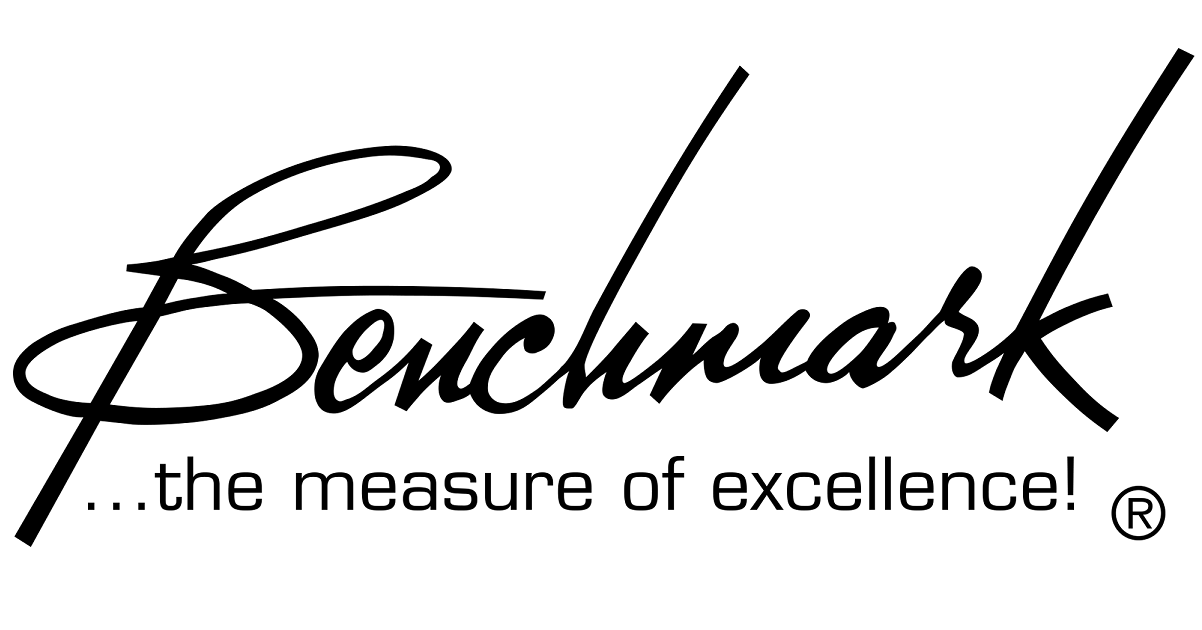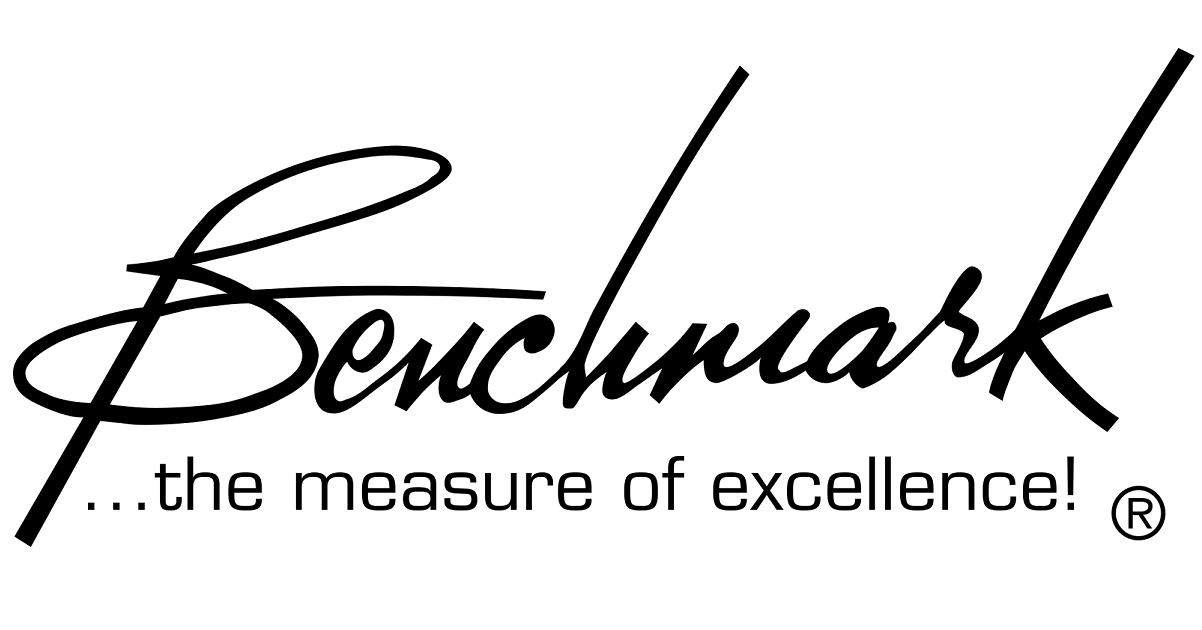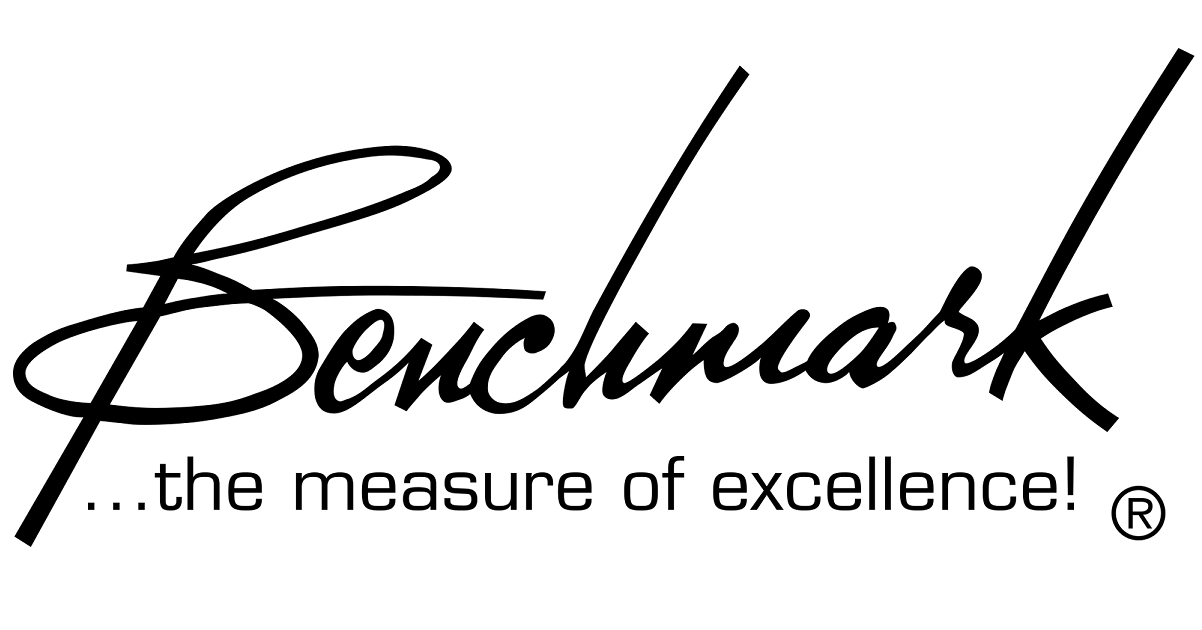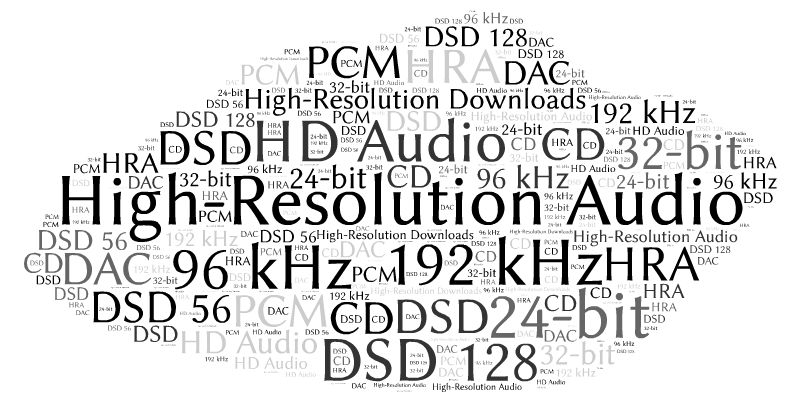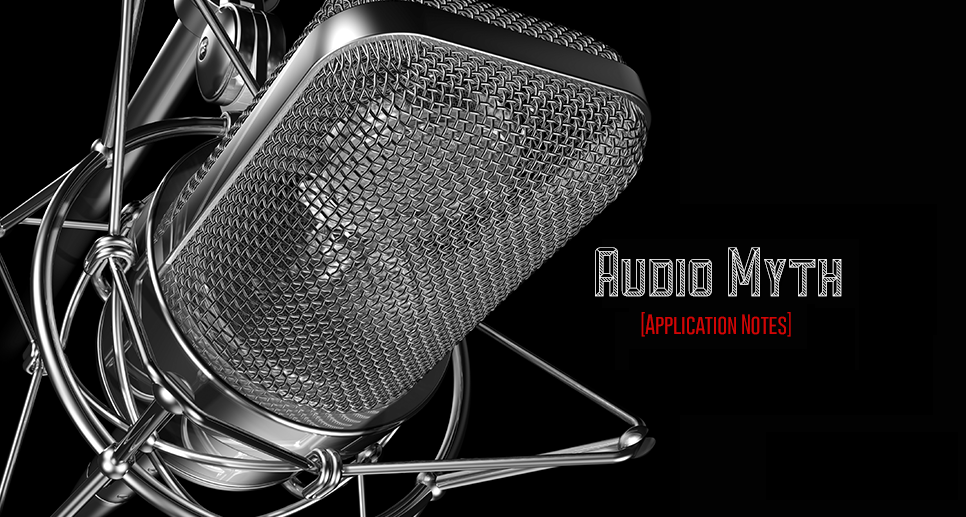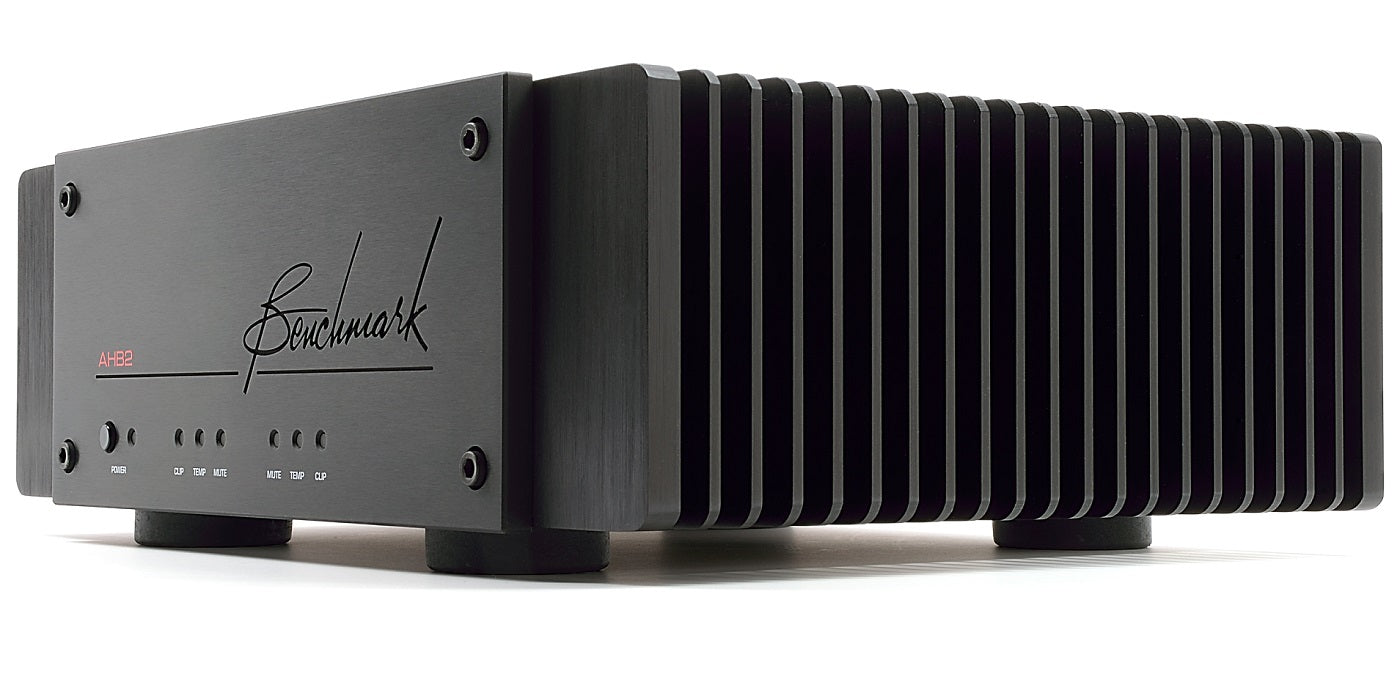Buy one component and save 10% on up to 2 cables. Buy 2 components and get 4 free cables. Free shipping on USA orders over $700. Low-cost shipping to Canada.
Buy one component and save 10% on up to 2 cables. Buy 2 components and get 4 free cables. Free shipping on USA orders over $700. Low-cost shipping to Canada.
Audio Application Notes
Crossover Distortion - Video Clip
by John Siau March 14, 2016
The AHB2 - A new and radically different audio power amplifier! Dick Olsher once said that "the first Watt is the most important Watt".
This short 8-second video clip demonstrates some of the differences.
- John Siau
AHB2 Crossover Distortion Measurements
by John Siau March 10, 2016
Crossover Distortion - Measurements
The following measurements and scope photos demonstrate the effectiveness of the feedforward system in the AHB2.
From the first Watt to the last Watt, the AHB2 shows no evidence of crossover distortion. In contrast, all conventional class-AB amplifiers have crossover-distortion artifacts.
Dick Olsher once said that "the first Watt is the most important Watt". I agree!
- John Siau
Amplifier Crossover Distortion
by John Siau March 10, 2016
Crossover Distortion - Introduction
Most audio power amplifiers suffer from a defect known as "crossover distortion". This distortion is particularly troublesome at low output levels. At low power levels, the crossover distortion can rise to a high percentage of the output level and become the dominant source of distortion.
- John Siau
How Should I Buy an Audio System?
by John Siau February 26, 2016
Two Distinct Types of Audio Products - Understand the Difference Before You Buy!

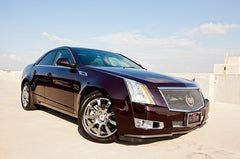
Make your own choice!
"Buying an audio product is much like buying a car"
There are two distinct types of audio products. Some audio products are designed to be transparent while others are designed to provide a euphonic experience. These types are as different as a Porsche and a Cadillac.
There is not a right and wrong type of car. Likewise there is not a right and wrong type of audio product. The choice belongs to the user, but the user must be fully aware of the differences before they buy.
- John Siau
Star Quad Cable Demonstration - Video
by John Siau February 12, 2016
Benchmark has recorded a lab demonstration that shows what happens when a standard two-wire cable is exposed to common sources of magnetic interference.
You will be able to hear the interference, see it on an oscilloscope, and view its spectrum on an FFT. A star-quad cable is exposed to the same sources of magnetic interference and the results are compared. This demonstration shows the dramatic difference between the two cables. The star-quad cable provided a 20 to 50 dB reduction in magnetic interference, keeping the interference below audible levels.
- John Siau
The Importance of Star-Quad Microphone Cable
by John Siau February 12, 2016
Eliminate Magnetic Interference with Star-Quad Cable

Studios, live sound venues and homes all have magnetic fields that can cause interference. Magnetic fields are produced whenever current flows through a wire. AC power cables, transformers, power supplies, computers, portable chargers, motors and light dimmers are among the devices that can emit strong magnetic fields. A microphone cable can pick up magnetic interference if it happens to pass near one of these devices. Cables can also pick up magnetic fields when they run adjacent to AC power. Star-quad cables typically reduce this magnetic interference by at least 20 to 30 dB. This is almost always enough to reduce the interference to inaudible levels.
- John Siau
Will the HPA2 Drive My Headphones?
by John Siau February 04, 2016
Benchmark DAC1 and DAC2 converters are equipped with Benchmark’s HPA2™ headphone power amplifier. This is a high-current design with very low output impedance (less than 0.1 Ohms). It is capable of driving a wide variety of headphones while achieving extraordinarily low distortion. The full rated performance of the DAC is achieved at the headphone jack while driving two sets of headphones. THD+N is less than 0.0003% under full load. The HPA2™ may be the quietest and cleanest headphone amplifier available.

- John Siau
Audio Myth -"DSD Provides a Direct Stream from A/D to D/A"
by John Siau August 27, 2015
This myth goes something like this:
"DSD provides a simple and direct digital path between the A/D and D/A."
"DSD is simpler than PCM."
"DSD is not PCM."
While DSD can provide spectacular audio performance, all of the statements above are false.
There are many wonderful DSD recordings, but the quality is not due to any virtues of the DSD format.
Direct Stream Digital (DSD) seems like a simple and attractive system, but it absolutely fails to deliver a "direct" path between the A/D and the D/A.
- John Siau
Benchmark DAC2 vs. DAC1 - Side-by-Side Measurements
by John Siau August 13, 2015


There was a 10-year time span between the introduction of the Benchmark DAC1 and DAC2 audio D/A converters. The DAC1 defined the state of the art when it was introduced in 2002. Thirteen years later, Enjoy the Music.com selected the DAC1 as one of the 20 most significant digital audio products from the past 20 years. Today the DAC2 defines the state of the art in audio D/A conversion. John Atkinson said that the "DAC2 offered one of the highest resolutions I have measured." Both products set performance benchmarks when they were introduced. In a sense, they provide snapshots of technological progress.
This paper shows high-precision side-by-side measurements of the DAC1 and DAC2 converters. These measurements show how technology has improved, and they show that there may be two or three audible differences between these two products.
Travel through 10 years of audio technology, learn the significance of audio measurements, and see what has improved in our quest for transparent audio reproduction.
- John Siau
Benchmark DAC2 vs. DAC1 - Is There an Audible Difference?
by John Siau August 06, 2015
Benchmark introduced the DAC1 in 2002 and it quickly became the best-selling 2-channel professional D/A converter. To this day, the DAC1 is a standard fixture in many recording studios, and it is also a central component in many high-end hi-fi systems. In August of 2015, Enjoy the Music.com selected the DAC1 as one of the 20 most significant digital audio products from the past 20 years.
It is easy to show that the DAC2 measures better than the DAC1 in almost every way. From a marketing perspective it would be tempting to claim that all of these measured differences make audible improvements, but this just isn't the case.
One reviewer, Gary Galo, recently had the opportunity to hear a DAC1 and DAC2 side-by-side. He noted some audible differences and we agree with his conclusions. We have had a great deal of experience listening to these converters side-by-side in our own listening room and we are familiar with some subtle differences.
This paper examines the subtle audible differences between the DAC1 and the DAC2. It also includes measurements that may help to explain these differences.
- John Siau
The HPA2™ Headphone Power Amplifier
by John Siau July 22, 2015
Why do I need a Power Amplifier to Drive My Headphones?
Many Benchmark products include our HPA2™ headphone power amplifier. Unlike most headphone amplifiers, the HPA2™ is designed to behave like a small but very clean power amplifier. What makes the HPA2™ different, and what do we mean when we say that the HPA2™ is a "power amplifier"?
- John Siau
The Audio Path in Consumer-Grade Audio Products
by John Siau May 12, 2015
Explore the Differences Between Consumer and Professional Audio Products
Consumer products are usually packed with features but they often fall short when it comes to audio quality. These products deliver a level of performance that is acceptable to most consumers, and they do so at very affordable prices. Nevertheless there is often a large performance difference between consumer and professional audio products.
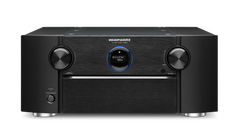
Jeff's teardown analysis is a bit technical, but I know that some of our readers will appreciate the detail. For the rest of our readers, let me summarize by saying that there are real differences between consumer products and high-end professional audio products.
- John Siau (introduction), Jeff Switzer (content)
Creating a High-Resolution 5.1 Music Server
by John Siau April 21, 2015
Blu-ray disks often contain high-resolution audio formats. Dolby TrueHD and DTS-HD are two Blu-ray audio encoding formats that support lossless high-resolution audio. These systems support up to 8 channels of 24-bit, 96kHz audio, or up to 6 channels of 24-bit 192 kHz audio.
Blu-ray disks may seem like an ideal solution for the distribution of high-resolution audio, but there are problems. It is not easy to gain access to the high-resolution audio stored on these disks.
Our solution was to set up a PC-based music (and video) server. We used a Blu-ray equipped PC running Windows 7 and the JRiver MediaCenter software.
This application note provides a guide for setting up a music server that can play the lossless high-resolution audio tracks found on DVD and Blu-ray disks.
- John Siau
High-Resolution Audio - Sample Rate
by John Siau March 19, 2015
Sample Rate

Digital audio systems take instantaneous snapshots or "samples" of an analog audio signal and then store each of these samples as numeric values. The digital samples can be stored and transmitted without any loss of quality, but these samples must be used to reconstruct an analog signal before we can listen to the audio. The sample rate places very specific limitations ...
- John Siau
High-Resolution Audio - Bit Depth
by John Siau February 24, 2015
Bit Depth

We now have 16-bit CDs and 24-bit high-resolution recordings available to us. What are the advantages of a 24-bit word length? Are 24-bit recordings better? How many bits do we really need?
Bit depth (also known as word length) indicates how many bits are used to represent each sample in a digital sampling system. Each sample is a snapshot of a signal or voltage at an instant in time. The CD uses 16 bits to represent the voltage of an audio waveform at each instant in time. Other digital audio systems use different bit depths ranging from 1 to 64 bits. It is important to understand the relationship between bit depth and audio quality. The bit depth sets ...
- John Siau
Box-to-Box Phase Accuracy of Benchmark DAC1 and DAC2 Converters
by John Siau October 03, 2014
Phase Accurate Multi-Channel D/A Conversion
- Using Multiple DAC1 or DAC2 Converters
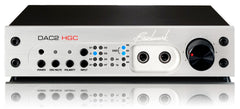

Two or more Benchmark DAC1 or DAC2 converters can be used together in phase-coherent multichannel audio systems even though their internal clocks are not synchronized. This seems to defy logic, but an examination of the system details reveals why this is possible.
- John Siau
Jitter in A/D Converters
by John Siau October 03, 2014
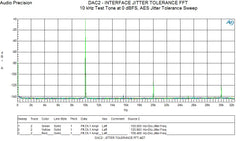
All A/D converters have two forms of jitter: Conversion clock jitter, and interface jitter. These two forms of jitter are very different and have very different consequences. Conversion clock jitter...
- John Siau
What High-Resolution Audio is NOT
by John Siau August 27, 2014
"Low-Resolution Hardware Cannot Deliver High-Resolution Audio"
The music industry is struggling to define High-Resolution Audio or "HRA". In doing so, most have focused on the delivery formats - analog vs. digital, 24-bits vs. 16-bits, 1X vs. 2X and 4X sample rates, PCM vs. DSD, uncompressed vs. compressed.
But, High-Resolution Audio is much more than the delivery format ...
"High-Resolution Audio Requires High-Resolution Performance at all Stages of the Recording and Playback Chain"
- John Siau
Audio Myth - "24-bit Audio Has More Resolution Than 16-bit Audio"
by John Siau August 14, 2014
This myth goes something like this:
"Analog audio has infinite amplitude resolution."
"Digital audio is limited to a finite number of steps."
"24-bit audio has more resolution than 16-bit audio."
While it is true that digital systems quantize the amplitude of the audio signal to the nearest step in the digital encoding system, this does not necessarily mean that digital systems cannot have infinite resolution. Contrary to popular belief, digital systems can provide infinite amplitude resolution if they are properly dithered.
- John Siau
The AHB2 - A Radical Approach to Audio Power Amplification
by John Siau July 30, 2014
 Radical!
Radical!

The performance of the AHB2 would not have been achievable without taking a radical approach to power amplification. In many ways, the AHB2 is a complete 180 degree departure from traditional high-end amplifier designs. There is nothing ordinary about the Benchmark AHB2! It is also not a class-D amplifier!
Take a look inside this unique linear audio power amplifier!



